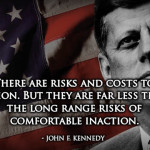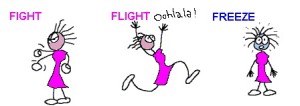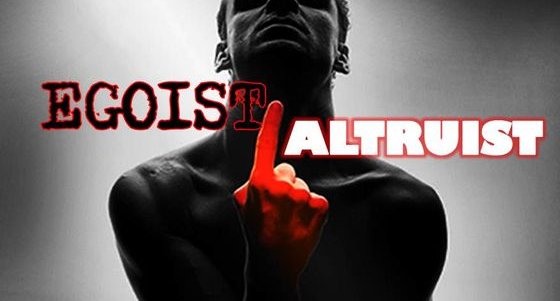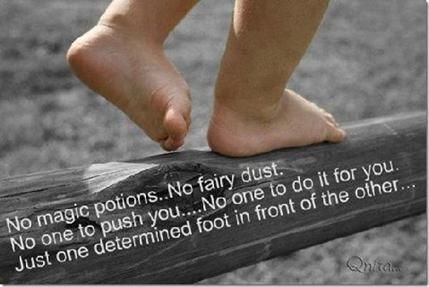 Fight, flight, or freeze. Some thugs pursued a friend and me on South Street in Morristown, NJ, in my early teenage years. We picked flight and dove into a store owned by a friend of my uncle. Adrenaline flowed. Blood pressure went up. Fear is an incredible motivator! But how do we use these three reactions in everyday life to benefit us?
Fight, flight, or freeze. Some thugs pursued a friend and me on South Street in Morristown, NJ, in my early teenage years. We picked flight and dove into a store owned by a friend of my uncle. Adrenaline flowed. Blood pressure went up. Fear is an incredible motivator! But how do we use these three reactions in everyday life to benefit us?
We’re born with three inherent reactions to threatening situations: fight, flight, or freeze. Pretty much all animals are. In the wild, an animal in a predator’s sights uses its sympathetic and parasympathetic nervous systems in parallel to effect an instantaneous reaction to the situation.
I am in favor of choosing not to fear. Things that affect my life today (and ever since I was 14 years old) have literally never been life threatening or even physically threatening. I understand that’s not the situation for everyone—even some of my readers. When one’s safety is in question, choosing one of these three inherent reactions can be critical.
What about everyday situations? Discussing a difficult situation with a family member or a direct report? Fight? Flight? Freeze?
Losing market share…or even a customer? Fight? Flight? Freeze?
Not getting enough recognition or pay at the job? Fight? Flight? Freeze?
Overcharged for a service or product? Fight? Flight? Freeze?
In these situations, my physical well-being does not appear to be under direct threat. It is possible, however, that the quality of my life could be affected by my reaction.
The “freeze” reaction can be seen as “doing nothing.” I challenge that. It can be one of the three decisions we have available. Or it could be a default position. And there’s a big difference between choosing to freeze or just reacting by freezing.
Wow…there we are again…reactive versus proactive.
In general, I have always found that decisions (assertive choices) I’ve made (no matter how stagnant or “march-in-place” they seem to be) have turned out to contribute significantly to the quality of my life…my level of satisfaction…even my happiness.
Passively locking up (freezing reactively) has literally never solved anything for me.
So what causes that debate between doing nothing and taking that next step?
Well, I suppose fear plays a role. The reactionary “freezing” allows me to stay in my comfort zone. That’s the Knower/Judger position we’ve always retreated to…low risk…status quo. But does it take me where I want to go? Does it get me what I really want?
It clearly doesn’t change anything. I wake up the next morning with the same dilemma I went to bed with. Ongoing avoidance of the dilemma will still force me to make one of the other two choices…I can plant my feet and address the issue (fight), or I can simply lower the importance of the outcome and abandon the desire (flight).
The downstream emotional cost of reactively freezing is that I’m left with yet another unresolved conflict. When these stack up (because I’m freezing on a lot of fronts), I’m subject to higher levels of stress…and it’s an ugly spiral.
I can, however, assertively decide to freeze (neither fight nor flee) and shelve the decision as long as the situation at hand is not important enough to me (I don’t want an outcome badly enough).
So what is the cost of doing nothing? This depends entirely on the degree to which the outcome can affect my life. If the potential outcome is a life-affirming or life-negating possibility, then doing nothing extends the stress of deciding to fight or flee. If, on the other hand, the outcome is relatively trivial, then choosing to freeze could be useful.
Either way, the important thing is choosing to freeze, not freezing reactively.



